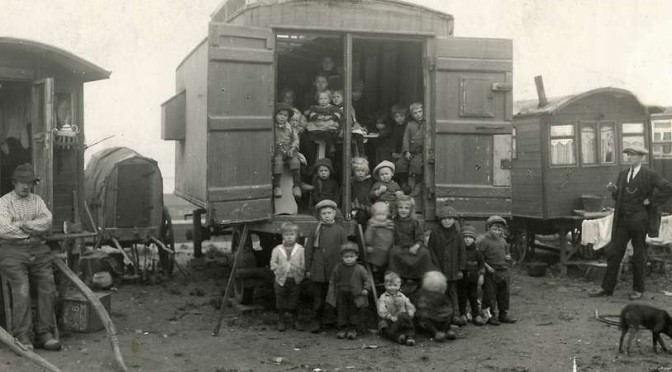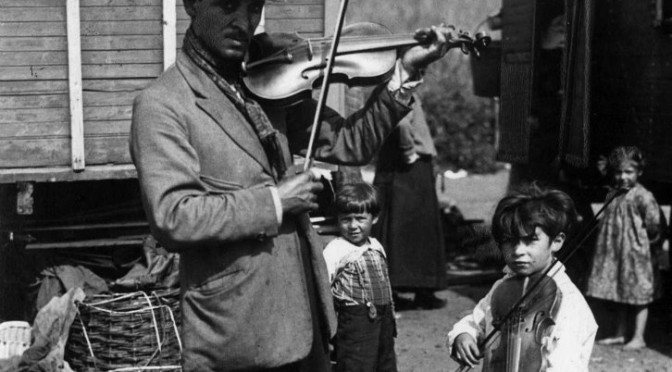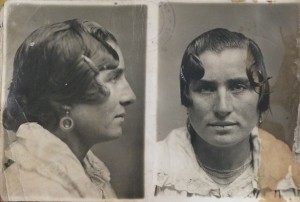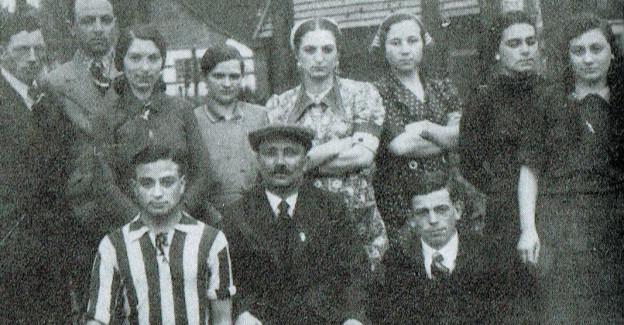Sometimes, the most “innocent” images are the most dangerous.
Confirmation of this statement can be found in the children’s stories that have for many years employed characters taken from the world of the gypsies in order to indoctrinate children and teach them obedience. During the eighteenth, nineteenth and twentieth centuries, some of the teaching designed to inculcate the values of the official culture and promote family discipline was carried out through stories in which rebellious children—those who dared to disobey their parents and leave their comfortable homes—frequently ended up being stolen by bands of gypsies and vanishing into thin air.
These kidnappers, described as living on the fringes of civilized society, represented all the evils of barbarism—pagan, immoral, uncouth and criminal—in contrast to the alleged virtues of the national culture. Heading the long list of illegal actions attributed to gypsies in these stories, that of child stealing is a hackneyed theme that appears over and over again in European children’s literature.








 Créditos fotográficos: el blog emplea sin ánimo de lucro imágenes libres de derecho de autor, imágenes cuyos autores no han podido ser localizados e imágenes indispensables para sostener los argumentos científicos de los distintos artículos. Si alguien desea hacer constar derechos sobre imágenes, puede escribir a la dirección
Créditos fotográficos: el blog emplea sin ánimo de lucro imágenes libres de derecho de autor, imágenes cuyos autores no han podido ser localizados e imágenes indispensables para sostener los argumentos científicos de los distintos artículos. Si alguien desea hacer constar derechos sobre imágenes, puede escribir a la dirección